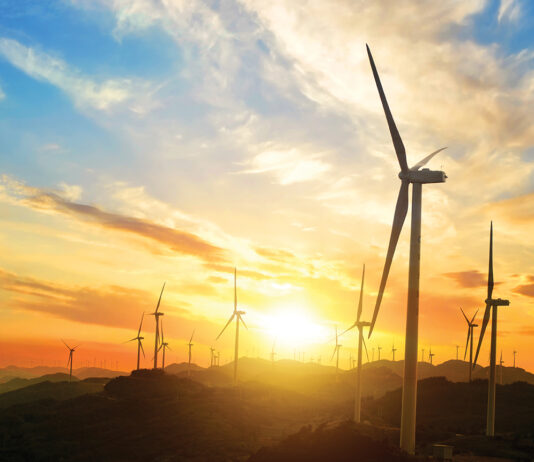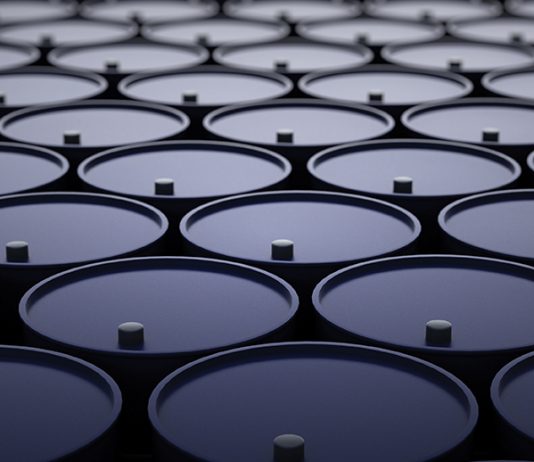
The Inflation Reduction Act (IRA), recently signed into law by President Biden, is a wide-reaching piece of legislation that includes the largest climate investment ever made by Congress. With $369 billion allocated for cutting emissions, developing clean energy technology, and advancing environmental initiatives, the IRA is projected to reduce the country’s carbon emissions by around 40% by 2030. Of course, the implementation of carbon capture will be needed to reach these goals.
Currently, 30% of global emissions are from hard-to-abate industrial sources, such as cement, steel, refineries, and energy from waste, and the industrial and power generation sectors together make up around half of U.S. emissions. Any comprehensive undertaking to curb carbon emissions and tackle climate change in the country must involve capping the emissions coming from these traditional heavy industries. However, for many of these industries, there are few currently available options to decarbonize.
This is where carbon capture, utilization, and storage (CCUS) comes in. Post-combustion, point source carbon capture, in particular, will be crucial to achieving the IRA’s goals, as it is often the only realistic means of decarbonizing certain heavy industries, especially for those industries with significant process emissions (where CO2 is released from chemical reactions in the manufacturing process e.g. cement).
But the rollout of CCUS projects has been slow, primarily due to the high costs of conventional carbon capture, and the uncertainty that so often exists in new markets. This is where the IRA will play a significant role.
The IRA provides both the necessary financial incentives and market certainty that are required to develop the projects, transportation, and storage needed for a thriving industrial carbon capture sector.
Of particular note are the substantial increases in the availability of 45Q credits – the federal income tax credit program available for domestic CCUS projects. Other changes include:
- Allowing companies with smaller tax liabilities to take advantage of 45Q by permitting the tax credit to be collected as a direct cash payment, rather than a tax deduction, for the first five years that a project operates.
- Dramatically lowering the total amount of CO2 that a project must capture each year to qualify for the tax credits.
- Extending the deadline to begin construction on 45Q credit-eligible projects from 2026 to 2033.
These changes will stimulate innovation and the necessary scaling of the carbon capture sector in the coming decade. For example, lowering tonnage thresholds will improve the investment opportunity by incentivizing larger investments and attracting new investors to smaller projects. (Previously, only the largest carbon-emitting projects could meet the capture requirements.)
While the tax credit alone won’t support the necessary R&D, it will serve as a catalyst, attracting the private investment that is needed to rapidly scale the development of carbon capture, utilization, and storage solutions.
The IRA also conditions the availability of the enhanced 45Q credits on satisfying wage and apprenticeship requirements, essentially guaranteeing that these projects provide well-paying jobs and training opportunities. Many of the traditional industries that can decarbonize using carbon capture technology, employ millions of people across the United States, including the domestic oil and natural gas industry which supports nearly 10 million jobs alone (5.6 percent of total U.S. employment). With the IRA’s help, the deployment of carbon capture solutions will not simply preserve jobs for working families in essential industries but generate great career opportunities for people in this newly thriving clean tech sector.
Taken alone, these changes are a monumental win for a burgeoning industry committed to aiding the country’s energy transition. However, the IRA’s passage also coincides with a remarkable shift within the carbon capture sector.
The sector has so far been dominated by large, bespoke, and expensive plants, which have made carbon capture challenging for the majority of companies. But a new generation of cost-effective, standardized, and modular units is being developed that will dramatically reduce the costs of carbon capture.
Carbon Clean is leading this shift towards compact carbon capture. Our technology has already been proven at scale in over 44 sites around the world. A year ago, we launched our groundbreaking CycloneCC technology – a fully modular, prefabricated, and skid-mounted carbon capture solution. CycloneCC will reduce the overall cost of carbon capture by up to 50% and has a footprint that is up to five times smaller than conventional units – crucial for many industrial companies that have almost no space available to retrofit carbon capture technology on site.
We are currently commercializing CycloneCC with partners, including projects in the U.S. with Chevron and CEMEX. Chevron was the lead investor in our recent $150m Series C funding round and is a key strategic partner for us, with a strong shared understanding of the potential for modular carbon capture technology to deliver for American industries.
There is already an uptick in carbon capture projects globally: over 100 new facilities were announced in 2021, and many companies are considering how carbon capture could work for them. Our recent refineries survey, for example, found that 55% of respondents intend to install a CCUS system in the next decade. A 2021 survey of executives working in hard-to-abate industries found that 65% see CCUS as ‘critical’ or ‘important’ for reaching their 2030/2050 goals and 60% have CCUS adoption plans for the next decade.
The IRA will build on this momentum, fostering vital projects that will support CCUS innovation at exactly the right time.
This summer’s passage of the federal funding package was a historic accomplishment, and not just for obvious reasons. The IRA has made the country one of the best places in the world to develop industrial carbon capture projects. In doing so, it will ensure the U.S. is also at the forefront of a new era for carbon capture – protecting and creating jobs, as well as mitigating climate change.

Aniruddha Sharma is Chair and CEO of Carbon Clean – a leading provider of point source carbon capture solutions for hard-to-abate industries such as cement, steel, refineries and energy from waste. Aniruddha has been instrumental in developing the company into a global leader in the carbon capture sector, with a relentless focus on innovation.
Get the Real Story with Shale Magazine
At Shale Magazine, our sole mission is to look at the facts from an objective angle and report on current events that matter most to energy industry stakeholders. Actions like the Whitehouse unfairly characterizing oil and gas profits as “evil” while Texas plans to divest from ESG funds showcases where both sides certainly have a long way to go. Shale Magazine offers fresh insights into every issue by never shying away from a story and sticking with the facts. Make sure to check out our latest issues to stay in the know about all things energy. You’ll find great opportunities for networking and events, exclusive interviews and one-on-ones with top industry execs, and all the latest news from upstream, midstream, and downstream.
















